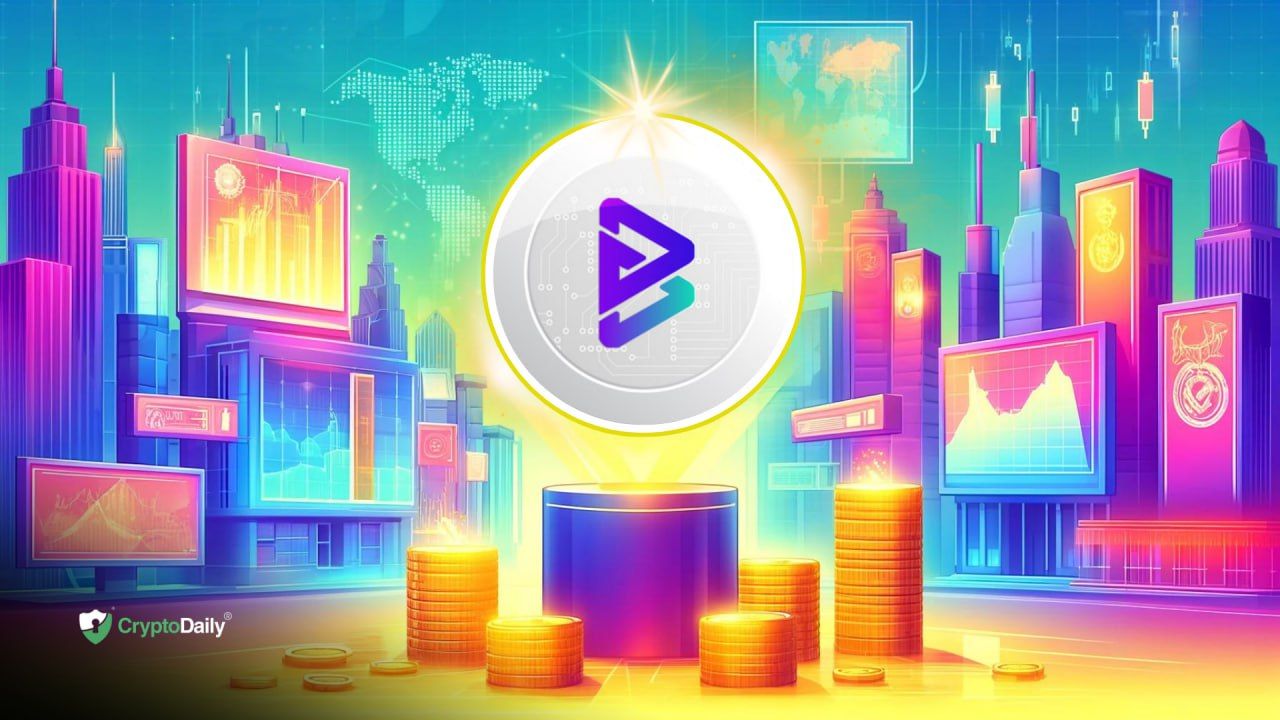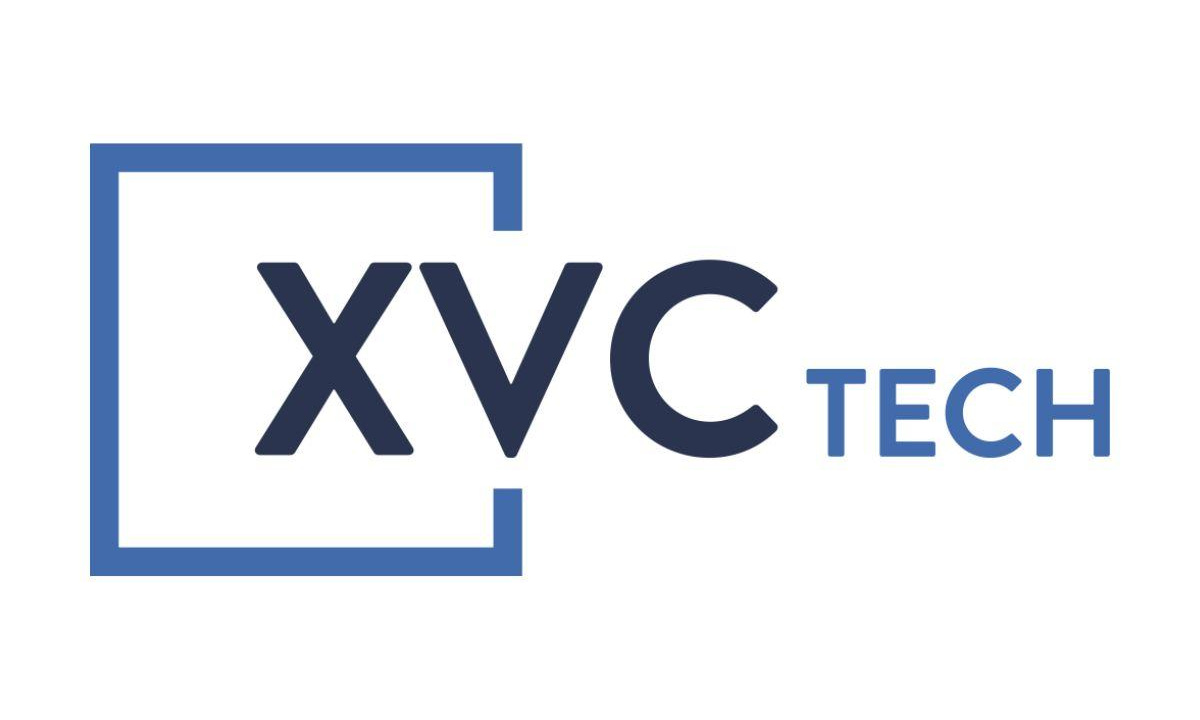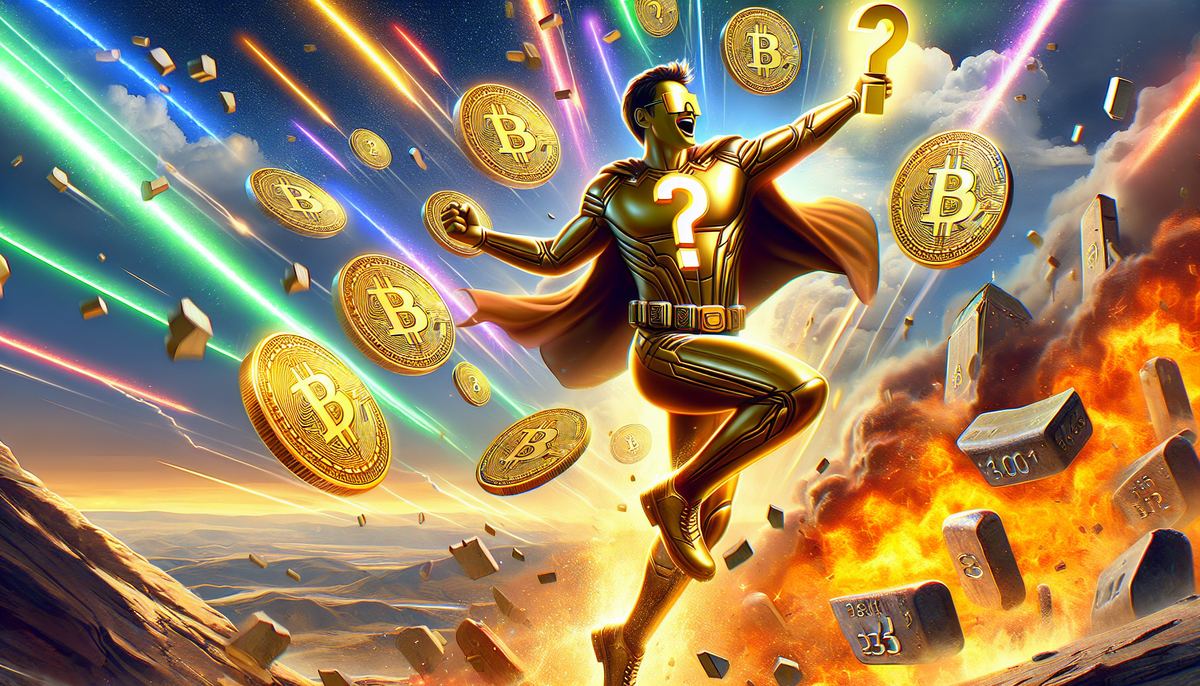Table of Contents
DeFi is definitely the buzzword of 2020 within the crypto community. It is short for Decentralized Finance and has become a powerhouse of a system; literally removing the banker/broker/middle-person from the financial equation all together. All that is left is the user and the network; leading to massive new opportunities to profit upon and influence these complex systems. A new European-operated DeFi exchange and wallet provider is making some noise within the community, offering novel features and integrations that give them an edge amongst the other DeFi platforms.

PlasmaPay is a “cross-chain” DeFi exchange and wallet provider licensed in Europe. They operate in more than 160 countries globally. The company recently partnered with international financial institutions to deliver fiat on-ramp and off-ramp currency exchange services to its customers. PlasmaPay customers can use familiar payment providers such as PayPal, SEPA, SWIFT and others, or make use of their credit or debit cards to purchase various cryptocurrencies and store them in their non-custodial PlasmaPay wallets.
PPAY is the native token of the Plasma network. PPAY enables customers to get the most out of the Plasma ecosystem by serving as a digital bridge between Ethereum and the Plasma blockchain. This allows users to participate in governance, staking, lending, borrowing, and other reward opportunities within the PlasmaPay network. To enable customers to manage their assets effectively, a user-friendly dashboard was built to enable even the tech-illiterate individual to effectively track and manage their various DeFi assets. Further, those with an appetite for yield-farming activities can do so right from the PlasmaPay dashboard. While the dashboard currently supports just ERC-20 tokens at this time, they will soon open up for additional integrations with other blockchains such as Cosmos, Polkadot, EOS, and other in the near future.

Staking has become an excellent incentive for investors, paying out customers who keep their coins locked up for certain periods of time; typically for several months at a time. Holders of PPAY that stake their tokens ultimately help in securing the overall PlasmaPay network. For this service, they are rewarded respectively. This reward is issued from trading fees generated using the PlasmaSwap. According to the present allocation, traders have to pay a fee of 0.3% on their trades of which 0.05% goes to stakeholders and the remaining 0.25% of the transaction fee is given to liquidity providers.
Key features of the PlasmaPay network.
There are five key features that make the PlasmaPay network stand out. The first is their instant transactions. To ensure faster and less expensive transactions on the Plasma blockchain, which uses the PsS consensus, part of the transaction data is accumulated on storage nodes. This ultimately makes the protocol more scalable than ethereum-based blockchains, which use PsW consensus. This means the PlasmaPay network can easily process up to 50,000 transactions per second. DeFi applications on the PlasmaPay blockchain can also execute all of their smart contract transactions 100% free thanks to the built-in stablecoin ecosystem within the network.
The second key feature is the Plasma blockchain’s built-in decentralized exchange (DEX) and liquidity pool management system. This is used to monitor and effectively control all liquidity pools within the PlasmaPay network. The decentralized exchange supports all major DeFi assets in addition to PlasmaPay’s native token, PPAY.
Third is PlasmaPay’s system of governance of smart contracts for all projects that operate within its ecosystem. These smart contracts empower users of the network. They allow users to vote and decide on which changes or improvements should be implemented as per the project’s road map. This includes decisions pertaining to rewards and profit-sharing.
The fourth key feature of the PlasmaPay network is around DeFi application fundraising and token swap events. All DeFi applications within the Plasma network can natively operate their fundraising and token swap events right within the built-in Plasma DEX and fiat channels. This is all without the need to develop additional tools from scratch. This is ultimately a huge win for those avoiding the costs involved with software development.
Key feature number five is availability of Oracle nodes for DeFi applications. These apps can tap into data from external sources using Oracle nodes, which are available right within the Plasma blockchain or ChainLink Oracle network on Ethereum. Plasma Oracle nodes are available as plugins and are built to detect and prevent fraudulent data. Each Oracle node holder receives some Plasma tokens (native Plasma blockchain currency) as a reward to offset any operating expenses.
PlasmaPay also serves as a cryptocurrency payment gateway for entrepreneurs and businesses that want to start accepting cryptocurrencies for their products. This is achieved in three ways. First is when online business owners integrate the PlasmaPay widget with their website or blog and start accepting Bitcoin and other cryptocurrencies. Second is integration of web and mobile applications with the PlasmaPay processor. The app can then be made available online for users to download and use it to buy merchandise. Lastly, businesses can choose to integrate the PlasmaPay payment processor with their email services or via any messaging application; thus enabling them to invoice and receive cryptocurrency payments directly from their customers.
With more online threats looming by the day, PlasmaPay takes customer security very seriously and has implemented several strategies to protect their users. They have enabled a multi-factor authentication (MFA) system so users can carry out transactions within the platform with confidence. To get the most out of the security system, users are encouraged to provide multiple security credentials to ensure that when one credential is compromised, attackers still won’t be able to gain access to their accounts. While many centralized exchanges control a customer’s private keys; a prized target for cybercriminals, each wallet on the PlasmaPay network has its own private key that only the customer alone has access to, eliminating the likelihood of a large-scale hack. Finally, while PlasmaPay developers acknowledge that it is difficult to ensure that code is 100% secure, they’ve set up bug bounty programs for researchers and developers who can help identify and report vulnerabilities within the network
PlasmaPay is an ambitious project that aims to bridge the gap between DeFi and the centralized financial sector. It does this by serving as a connective layer between them. This goes a long way to significantly reduce transaction costs, as users can access and manage all their financial assets right from a single and secure platform. Most importantly, customers can save themselves some time and effort while reducing the risk that would arise from logging in and out of different platforms. You can learn more about PlasmaPay by checking out their whitepaper. They are also on Twitter @plasma_pay. What do you think about PlasmaPay? Be sure to leave me a comment on Twitter @MarcusHenryHODL.
Marcus Henry is an American Journalist with over 12 years working in the tech industry. He has been actively involved in the crypto community for the past three years and currently works out of Austin, Texas. He covers breaking news, writes perspective pieces and reflections, and conducts interviews with industry professionals and community members. Follow Marcus Henry on Twitter- @MarcusHenryHODL
Disclaimer: The information above does not constitute investment, financial, trading or any other sort of advice and you should not treat any of my content as such. I do not recommend the purchase, sale, or holding of any cryptocurrency or other product and/or service. Nothing I write about should be deemed as an offer to purchase, sell, or hold a cryptocurrency or other product or service. Please do your own research and consult a certified financial professional before making any investment decision.
Investment Disclaimer







